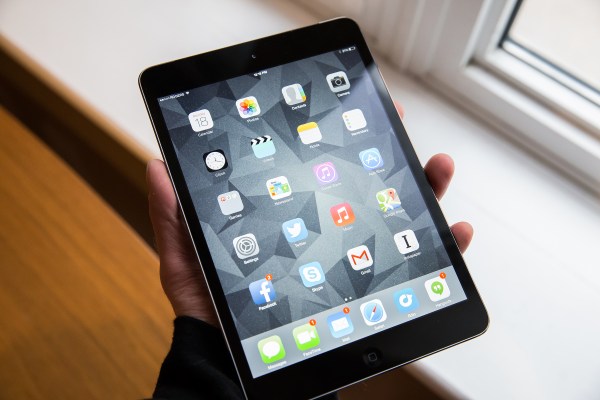Apple had an interesting patent granted to it today by the USPTO (via AppleInsider), which describes a graphic user interface on the iPad that more closely resembles a desktop arrangement of files and folders than the current app-based iOS UX. The most interesting part of the patent might be that it uses physics-based animations and interactions to manipulate those files and folders, however, in order to facilitate using touch as the primary type of input, instead of keyboard and mouse.
The patent describes an iPad interface where icons representing files and folders are displayed on a home screen, which automatically means this is probably something that we’re unlikely to see come to pass. Once you get into the nitty-gritty of what it actually means for interaction, it becomes even more outlandish: the patent basically lays out how users could do things like circle groups of icons with their finger to make those active, then move them around using gestures – or by simply shifting their device around, as files and folders will be assigned a virtual weight by the OS.
This would mean you could “pour” a group of files and folders from one device onto another to initiate a file transfer over Wi-Fi or Bluetooth, or shake a device to have icons on the screen rearrange themselves by jumbling up the content and having the “heaviest” (i.e. those with the largest file size) work their way to the bottom.
Overall, the patent seems like something that’s a long way from where Apple is headed in terms of its mobile user experience design, but it provides a good inside look at their thinking around the issues that have and continue to face mobile computing. If mobile had become something that paralleled desktop computing much more closely, the issue of file management, arrangement and transfer would have had to have been addressed, and this Apple document shows its R&D teams were working on ways to make file and folder manipulation make sense in a mobile context.
It’s still possible we could see some of these concepts used, especially if Apple does indeed create some kind of large screen iPad Pro device as rumored, but for now at least, it has gone in a very different direction with the iPad.
